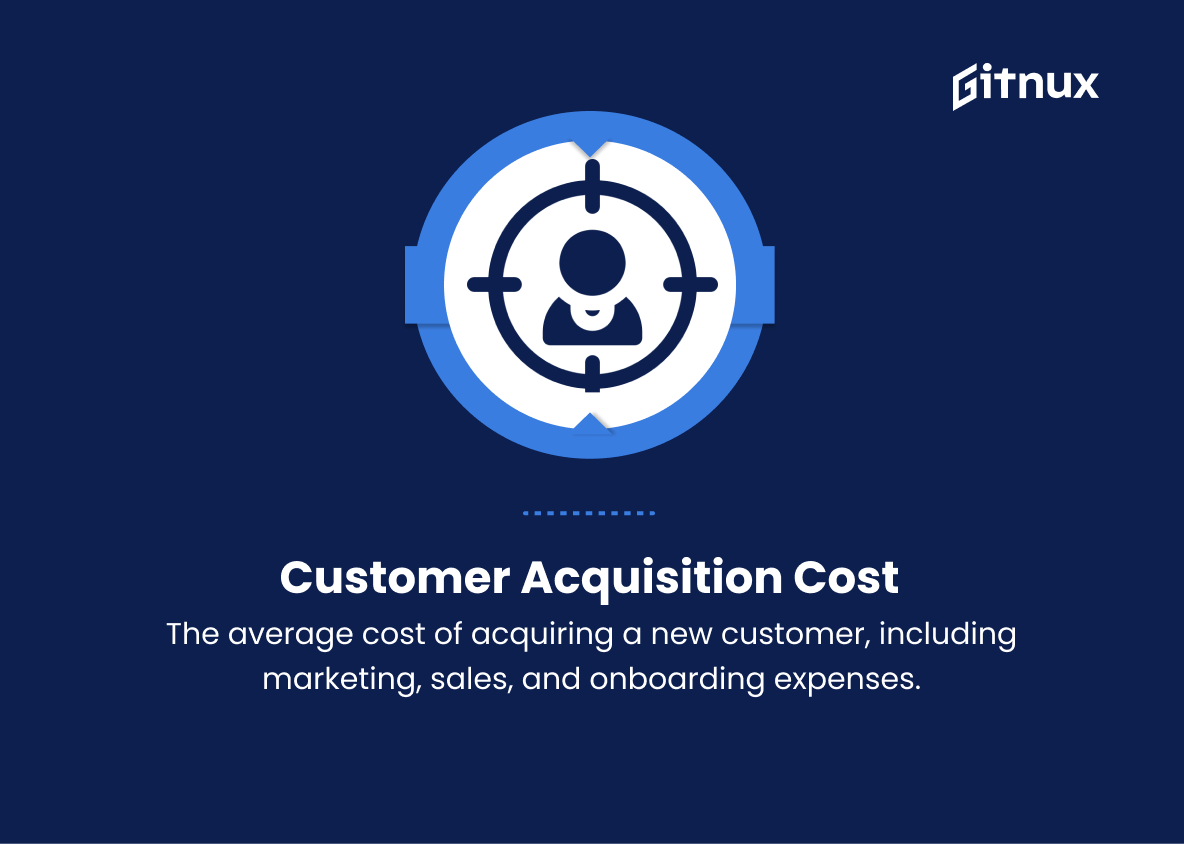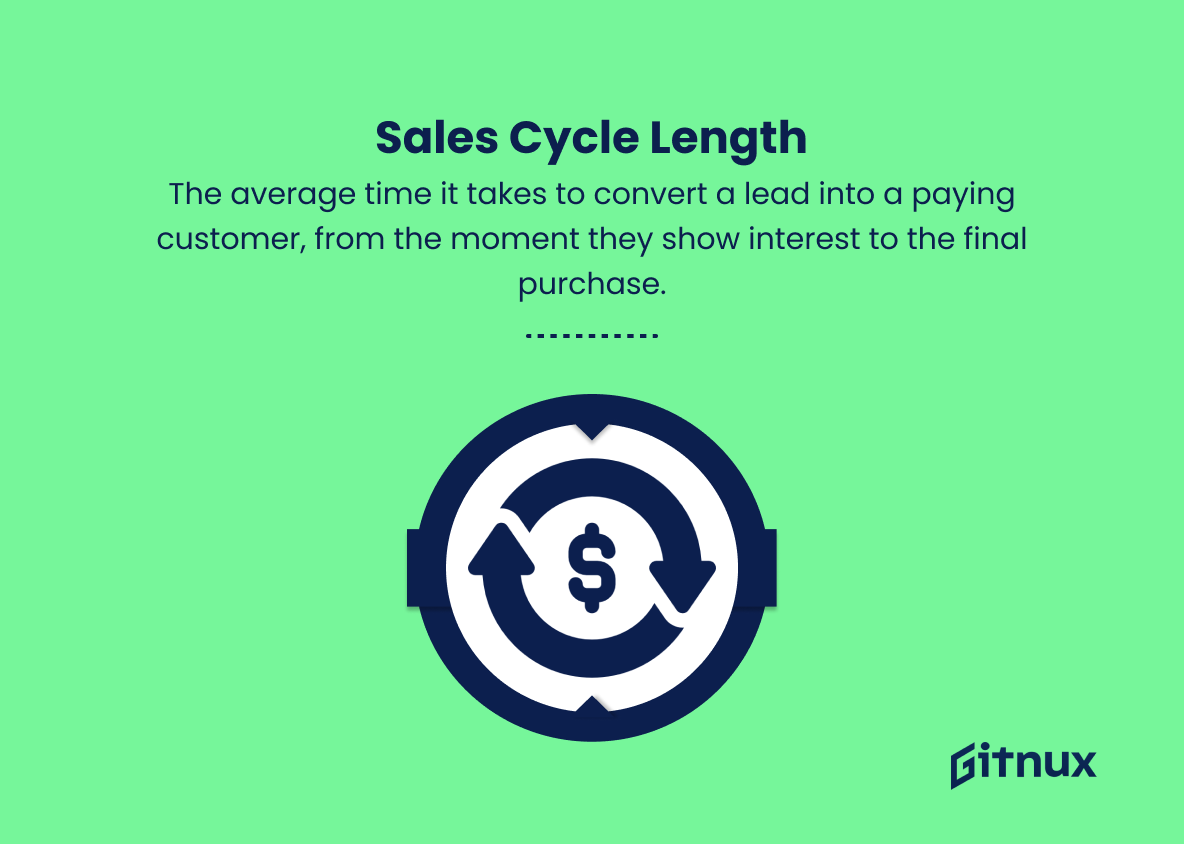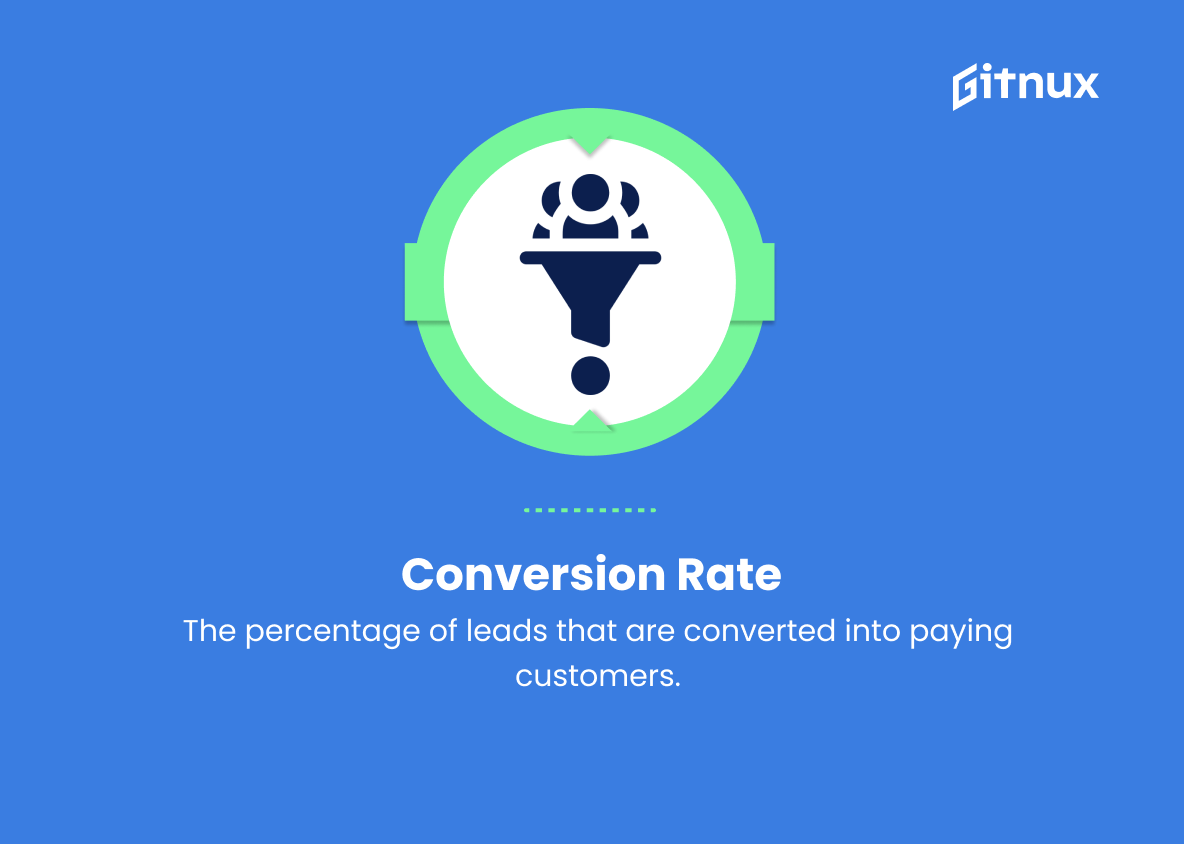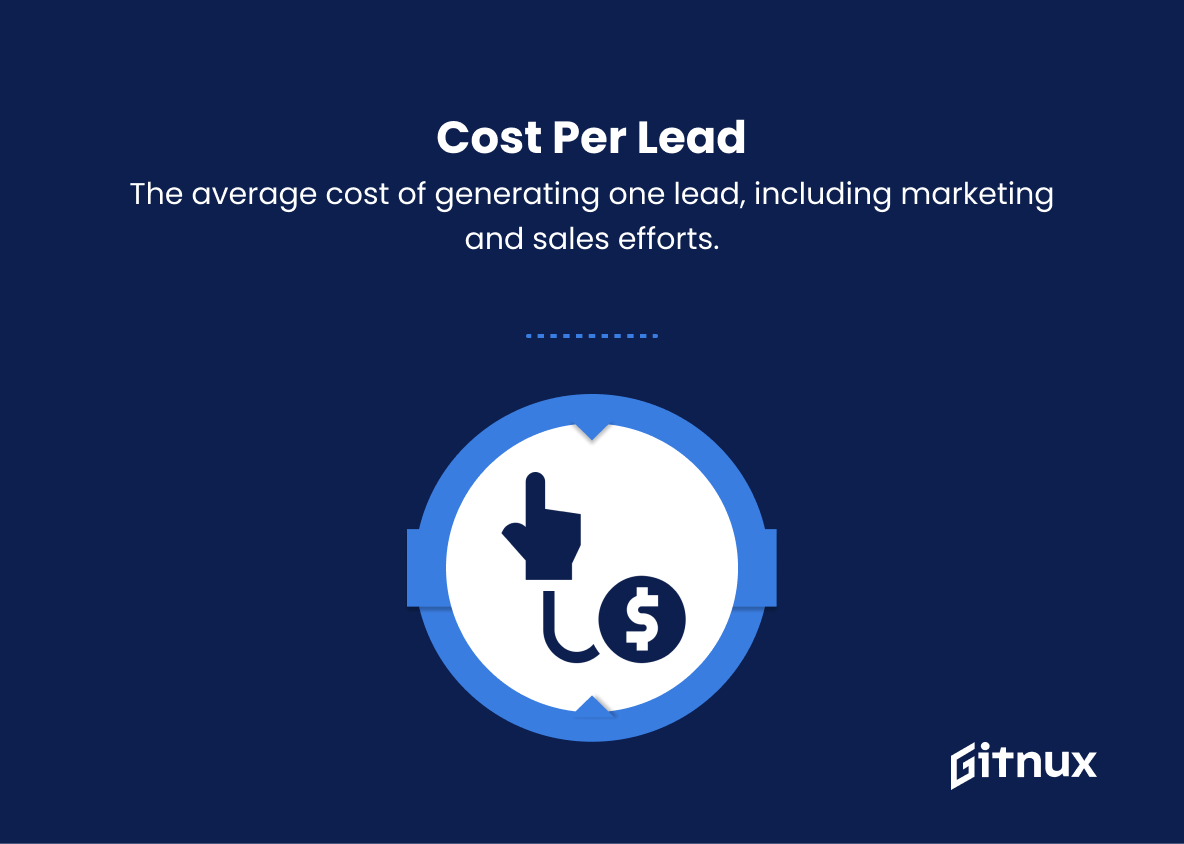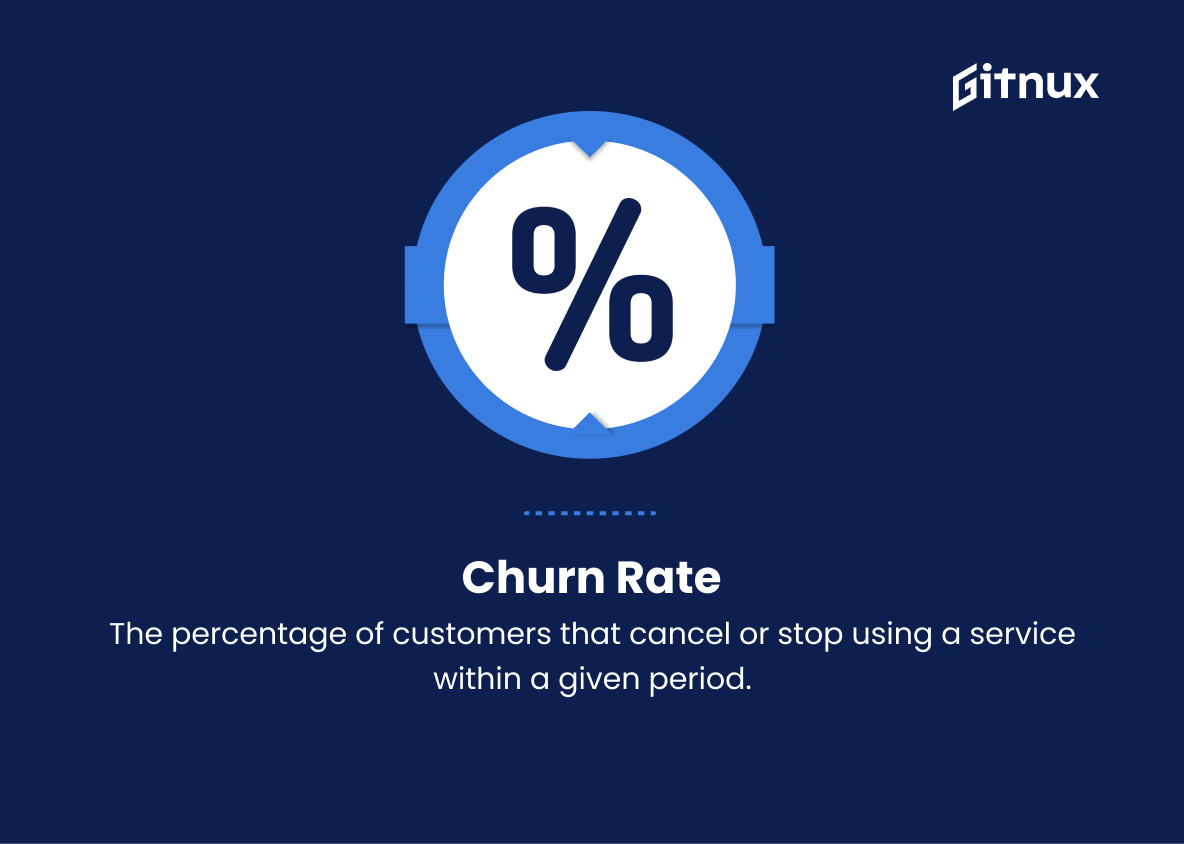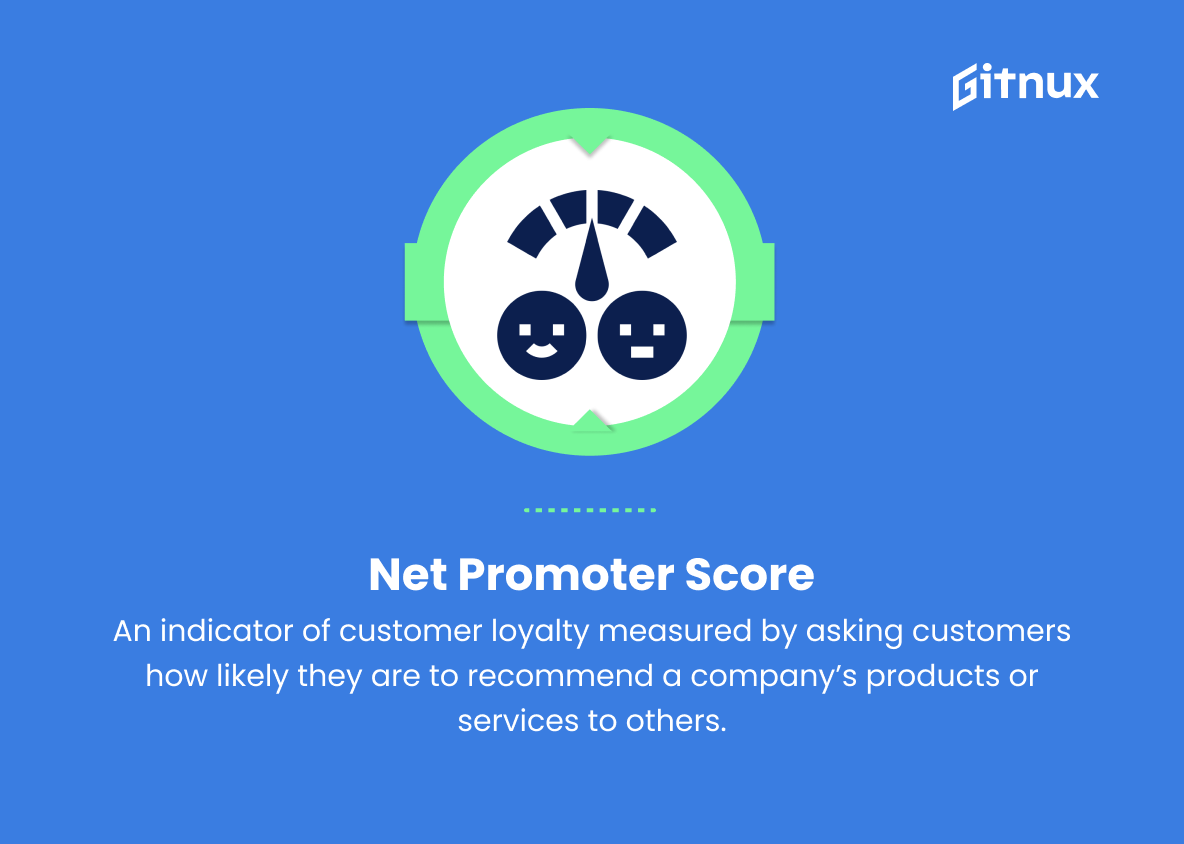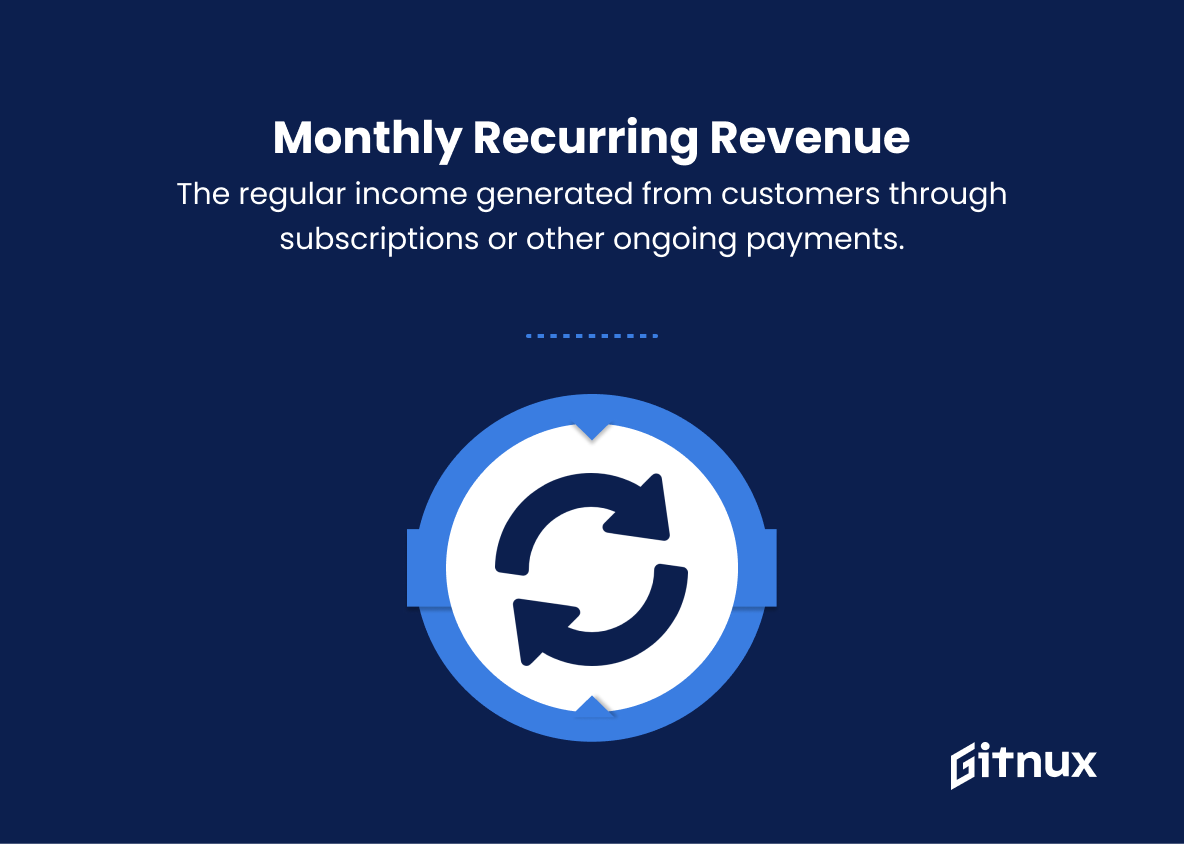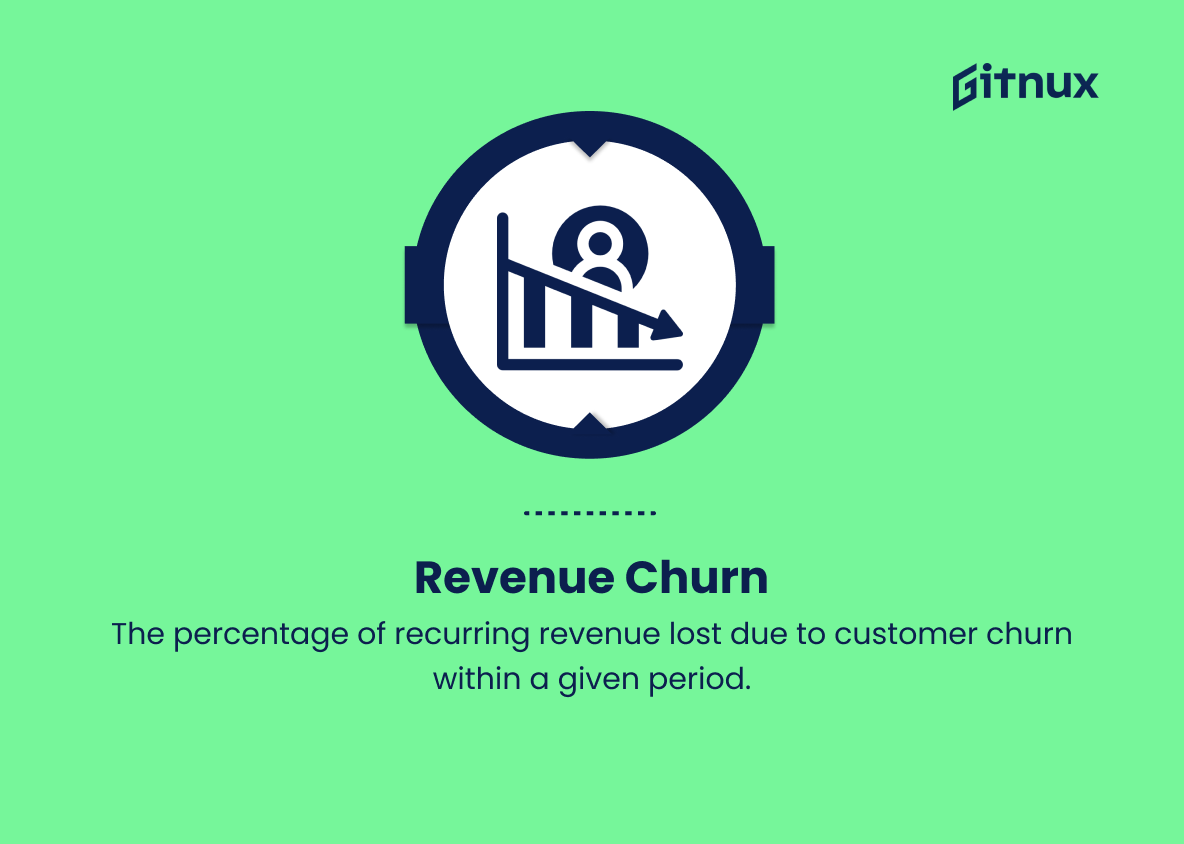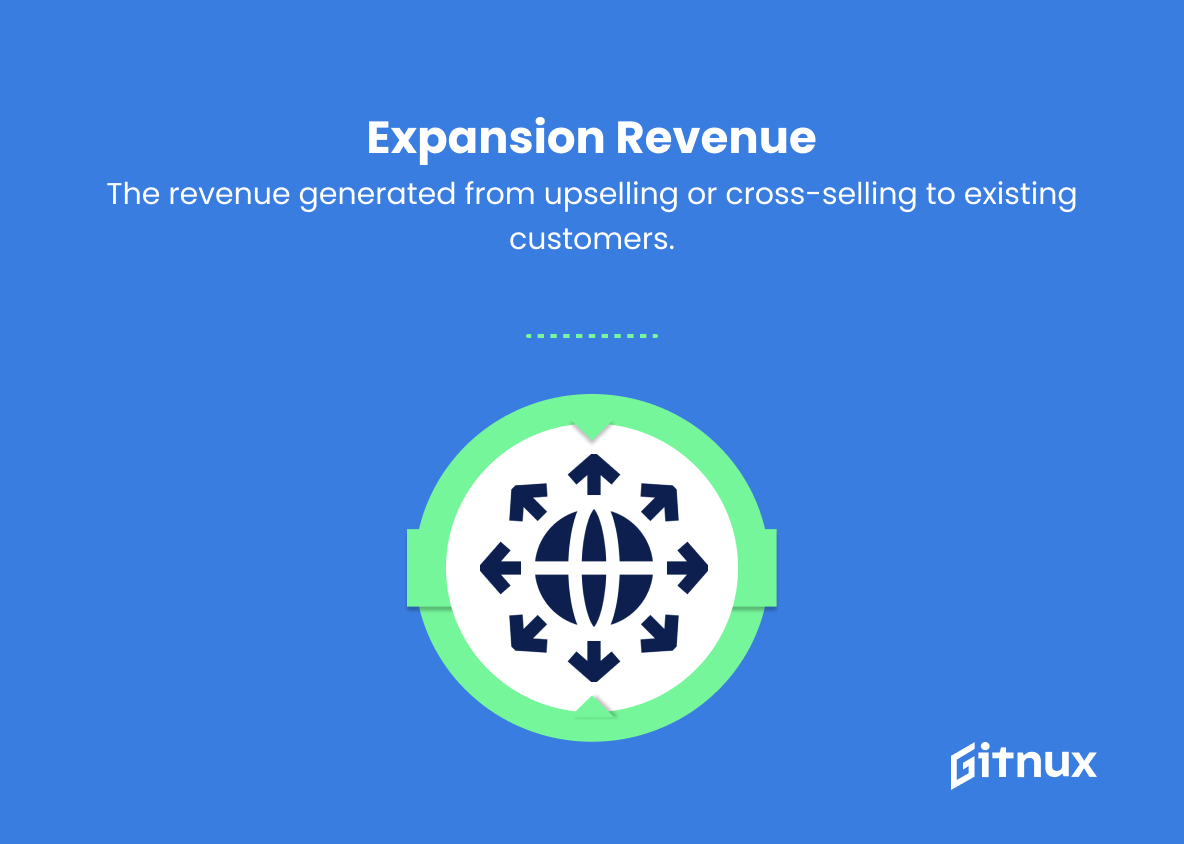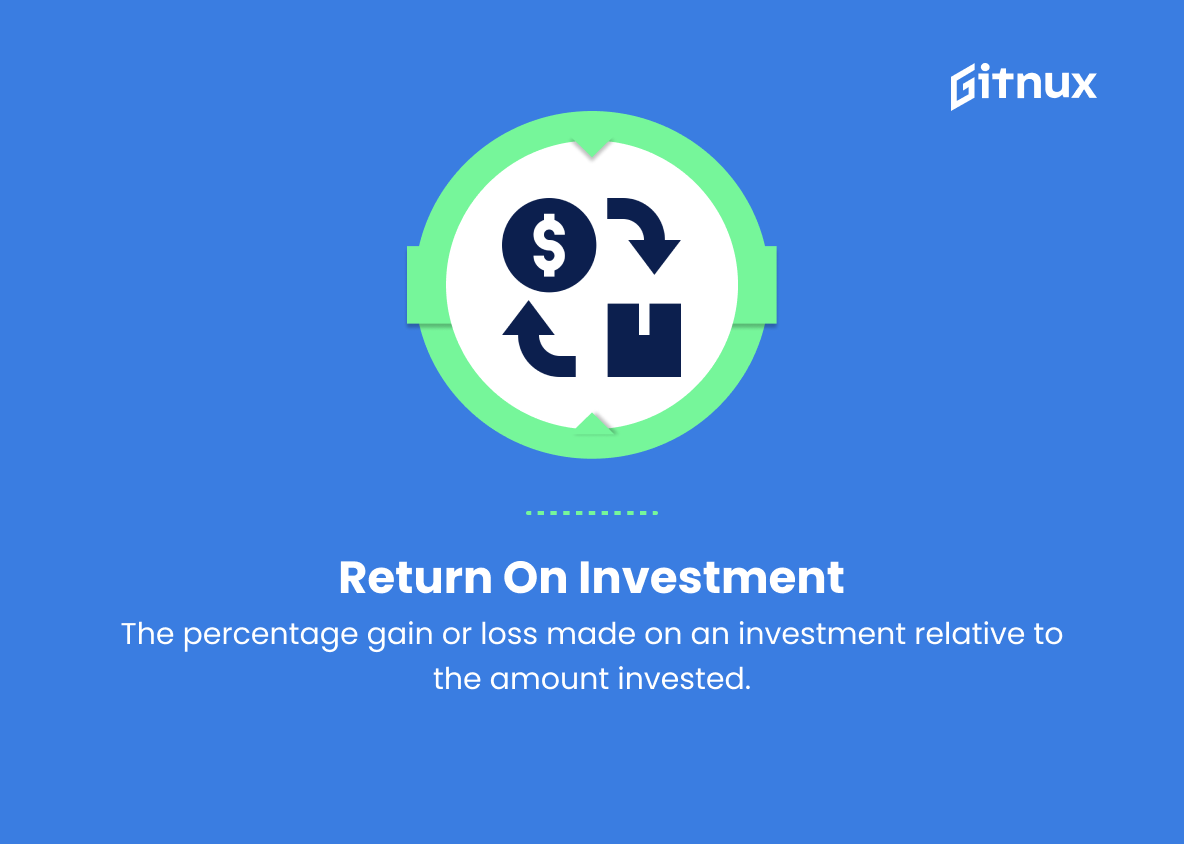In today’s ever-evolving business landscape, staying ahead of the curve and making informed decisions has become more important than ever. As a result, organizations are increasingly focusing on streamlining their operations and maximizing efficiency. One such concept gaining significant prominence is Revenue Operations, or RevOps. In this blog post, we will delve deeper into the world of RevOps metrics, shedding light on their significance while exploring the key performance indicators that can drive success for modern businesses.
By understanding and applying these metrics, both start-ups and well-established organizations can achieve a competitive edge and ensure seamless alignment of their sales, marketing, and customer success teams.
RevOps Metrics You Should Know
1. Customer Acquisition Cost (CAC)
The average cost of acquiring a new customer, including marketing, sales, and onboarding expenses.
2. Sales Cycle Length
The average time it takes to convert a lead into a paying customer, from the moment they show interest to the final purchase.
3. Conversion Rate
The percentage of leads that are converted into paying customers.
4. Cost per Lead (CPL)
The average cost of generating one lead, including marketing and sales efforts.
5. Gross Margin
The difference between the revenue generated by a product or service and the cost of producing it.
6. Average Revenue Per User (ARPU)
The average revenue generated from each active customer.
7. Churn Rate
The percentage of customers that cancel or stop using a service within a given period.
8. Customer Retention Rate (CRR)
The percentage of customers that continue to use a service within a given period.
9. Net Promoter Score (NPS)
An indicator of customer loyalty measured by asking customers how likely they are to recommend a company’s products or services to others.
10. Monthly Recurring Revenue (MRR)
The regular income generated from customers through subscriptions or other ongoing payments.
11. Revenue Churn
The percentage of recurring revenue lost due to customer churn within a given period.
12. Expansion Revenue
The revenue generated from upselling or cross-selling to existing customers.
13. Lifetime Value (LTV)
The predicted net profit that a customer brings to a business over their lifetime as a customer.
14. Revenue per Employee
A measure of a company’s efficiency, calculated by dividing total revenue by the number of employees.
15. Return on Investment (ROI)
The percentage gain or loss made on an investment relative to the amount invested.
16. Sales Qualified Leads (SQL)
Leads that have been qualified by the sales team as having a high potential to become paying customers.
17. Marketing Qualified Leads (MQL)
Leads that have been qualified by the marketing team as having potential to become sales qualified leads.
18. Time to Value (TTV)
The average time it takes for a customer to start receiving value from a product or service after purchase.
19. Contract Value
The total revenue that a business expects to generate from a signed contract over its duration.
20. Annual Contract Value (ACV)
The average annual revenue generated from each customer contract.
Each of these RevOps metrics helps organizations track, monitor, and optimize their revenue operations across marketing, sales, and customer success functions. By using these metrics as key performance indicators, businesses can make data-driven decisions to drive growth and streamline their operations.
Revops Metrics Explained
RevOps metrics are crucial for businesses to effectively monitor and optimize their revenue operations across marketing, sales, and customer success functions. They provide valuable insights into customer acquisition costs, sales cycle lengths, conversion rates, cost per lead, and gross margins, which in turn help organizations make data-driven decisions to improve their efficiency and profitability. Furthermore, these metrics enable businesses to track average revenue per user, churn rates, customer retention rates, net promoter scores, and monthly recurring revenues, ensuring that they maintain a loyal customer base and steady income.
By assessing revenue churn, expansion revenue, lifetime value, revenue per employee, and return on investment, companies can identify areas for growth and strategize accordingly. Moreover, these metrics assist in evaluating the success of marketing and sales efforts, such as sales and marketing qualified leads, which contributes to effective sales funnel management. Finally, metrics like time to value, contract value, and annual contract value offer insights into how quickly customers derive value from a product or service, the overall worth of contracts, and the average annual revenue per contract, further enhancing businesses’ revenue optimization strategies.
Overall, these RevOps metrics are essential for companies to make informed decisions and drive growth in today’s competitive marketplace.
Conclusion
In summary, RevOps metrics play an integral role in understanding the efficacy and success of an organization’s revenue operations. By measuring key performance indicators such as sales activity, customer churn, lead conversion, and revenue growth, businesses can evaluate the synergy amongst sales, marketing, and customer service teams.
Thus, by effectively analyzing these metrics, companies are empowered to make data-driven decisions that propel business growth, increase efficiency and ultimately, enhance customer experience. It is crucial for all organizations to adapt to this new age of revenue operations, and let RevOps metrics guide them towards optimized profitability and higher customer satisfaction.
